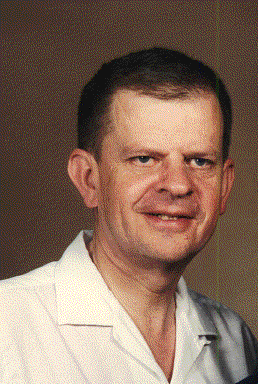Nationality American Fields Mathematics Role Mathematician | Name Richard Askey | |
 | ||
Born June 4, 1933 (age 92) St. Louis, Missouri ( 1933-06-04 ) Institutions University of ChicagoUniversity of Wisconsin–Madison Alma mater Washington University in St. LouisHarvard UniversityPrinceton University Known for Askey–Wilson polynomialsAskey–Gasper inequality Books Orthogonal Polynomials and Special Functions Awards Guggenheim Fellowship for Natural Sciences, US & Canada People also search for George Andrews, Mourad Ismail, Tom H. Koornwinder, Ranjan Roy, Salomon Bochner | ||
Richard askey content knowledge for teachers
Richard "Dick" Allen Askey (born June 4, 1933) is an American mathematician, known for his expertise in the area of special functions. The Askey–Wilson polynomials (introduced by him in 1984 together with James A. Wilson) are on the top level of the (q)-Askey scheme, which organizes orthogonal polynomials of (q-)hypergeometric type into a hierarchy. The Askey–Gasper inequality for Jacobi polynomials is essential in de Brange's famous proof of the Bieberbach conjecture.
Contents
- Richard askey content knowledge for teachers
- 2010 Geometry in School Mathematics and Textbooks Richard Askey
- Works
- References
Askey earned a B.A. at Washington University in 1955, an M.A. at Harvard University in 1956, and a Ph.D. at Princeton University in 1961. After working as an instructor at Washington University (1958–1961) and University of Chicago (1961–1963), he joined the faculty of the University of Wisconsin–Madison in 1963 as an Assistant Professor of Mathematics. He became a full professor at Wisconsin in 1968, and since 2003 has been a professor emeritus. Askey was a Guggenheim Fellow, 1969–1970, which academic year he spent at the Mathematisch Centrum in Amsterdam. In 1983 he gave an invited lecture at the International Congress of Mathematicians (ICM) in Warszawa. He was elected a Fellow of the American Academy of Arts and Sciences in 1993. In 1999 he was elected to the National Academy of Sciences. In 2009 he became a fellow of the Society for Industrial and Applied Mathematics (SIAM). In 2012 he became a fellow of the American Mathematical Society. In December 2012 he received an honorary doctorate from SASTRA University in Kumbakonam, India.
Askey explained why hypergeometric functions appear so frequently in mathematical applications: "Riemann showed that the requirement that a differential equation have regular singular points at three given points and every other complex point is a regular point is so strong a restriction that the differential equation is the hypergeometric equation with the three singularities moved to the three given points. Differential equations with four or more singular points only infrequently have a solution which can be given explicitly as a series whose coefficients are known, or have an explicit integral representation. This partly explains why the classical hypergeometric function arises in many settings that seem to have nothing to do with each other. The differential equation they satisfy is the most general one of its kind that has solutions with many nice properties".
Askey is also very much involved with commenting and writing on mathematical education at American schools. A well-known article by him on this topic is Good Intentions are not Enough.
